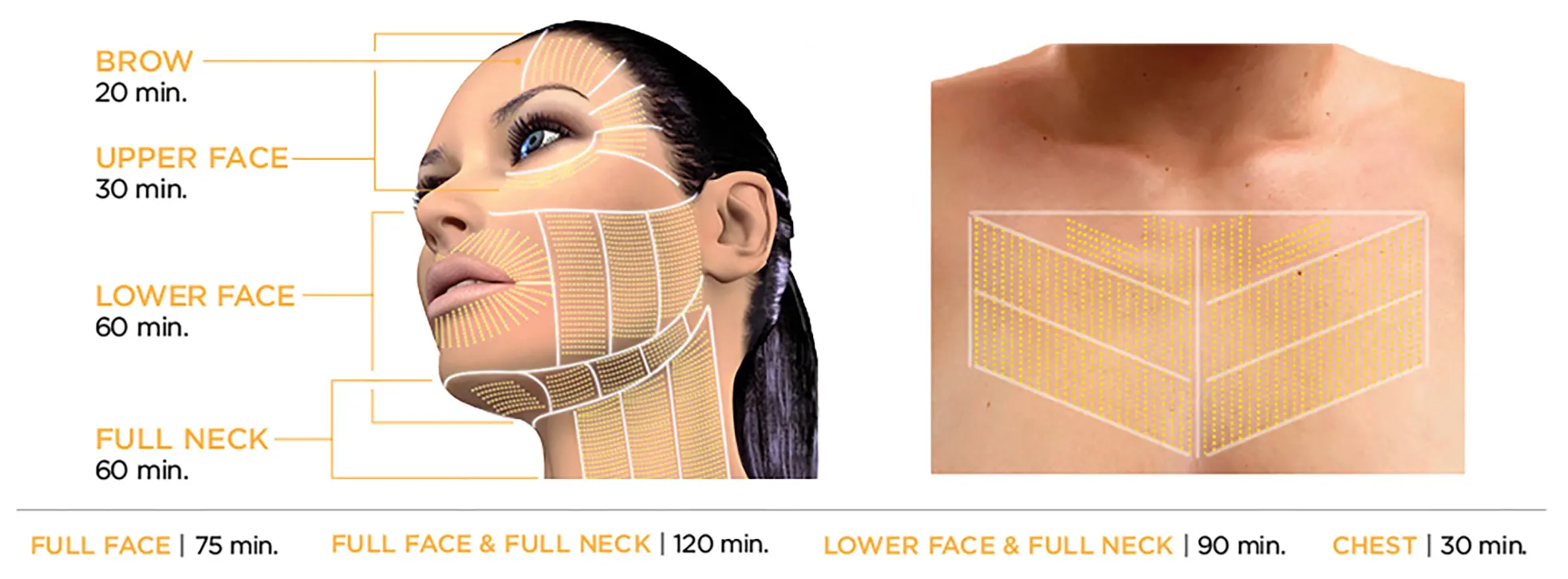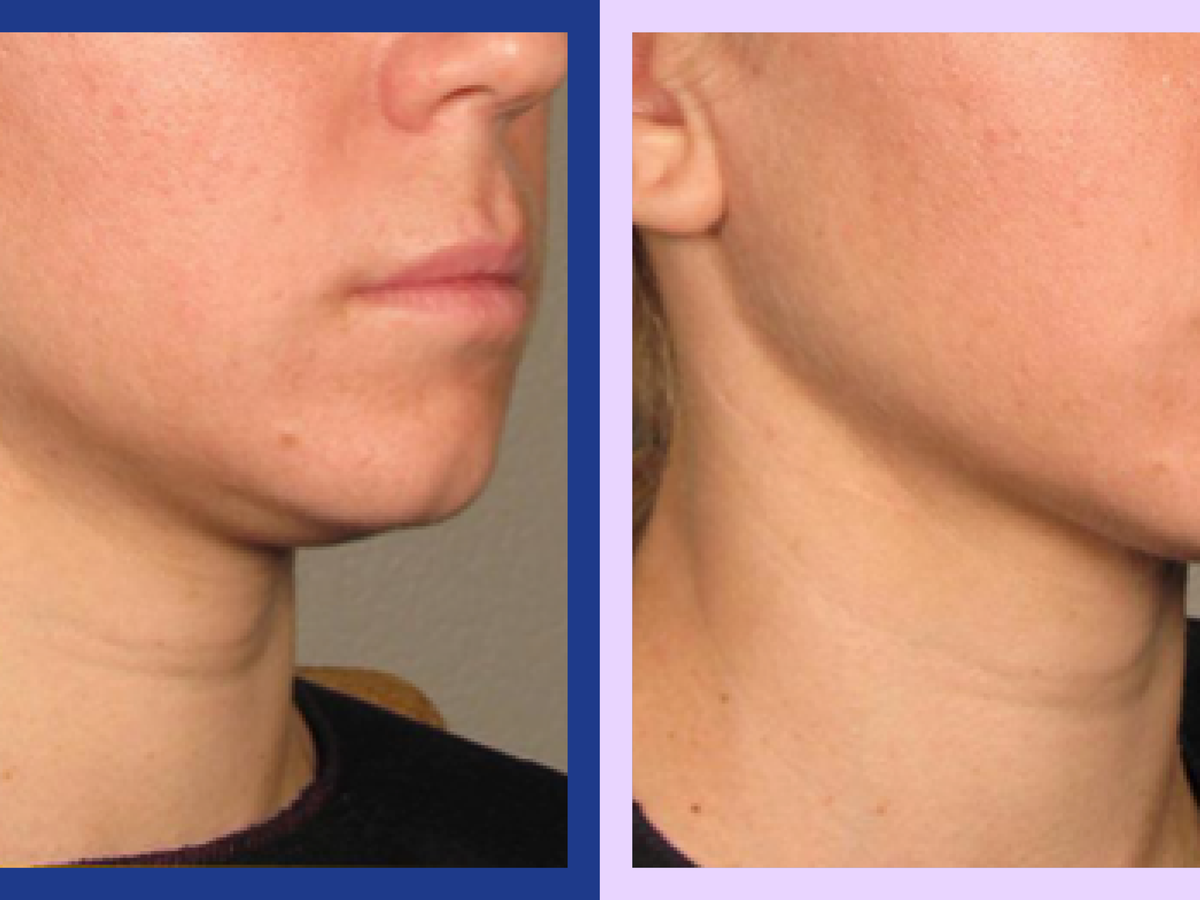Top 7 Mistakes to Avoid When Booking Ultherapy Malaysia or Similar Treatments
Why Ultherapy May Be Medically Essential: Discovering the Factors for a Non Surgical Lift
Ultherapy is getting attention as a practical option for people facing skin laxity due to aging or particular clinical conditions. This non-surgical treatment boosts collagen manufacturing, using a service that avoids the recuperation time connected with invasive treatments. As individuals seek to boost not just their appearance yet likewise their overall skin wellness, comprehending the situations that warrant Ultherapy's usage becomes essential. What variables contribute to its clinical requirement?
Recognizing Ultherapy: What It Is and Exactly how It Functions
Ultherapy, a non-invasive cosmetic procedure, makes use of ultrasound innovation to stimulate collagen production and advertise skin tightening up. By supplying focused ultrasound power deep into the skin, it targets the foundational layers typically attended to in surgical facelifts. This procedure encourages the body's all-natural recovery reaction, causing gradual training and tightening of the skin gradually.

Therapy sessions typically last in between 30 to 90 mins, depending on the dimension of the location being treated. While outcomes might not be right away noticeable, optimal results typically show up within 2 to three months as collagen remains to develop. Ultherapy offers an engaging non-surgical option for individuals looking for skin restoration without the need for intrusive treatments.
The Aging Process: Effects on Skin Flexibility and Collagen
Aging inevitably brings changes that reduce skin flexibility and collagen production, resulting in noticeable indicators of drooping and creases. As individuals age, the skin's ability to maintain dampness decreases, resulting in a drier and less durable surface area. Collagen, an essential protein accountable for skin structure, likewise lessens, creating the skin to shed its firmness and youthful appearance. Aspects such as sunlight exposure, toxic wastes, and lifestyle choices better increase this decrease in skin top quality.
This loss of flexibility and collagen develops a waterfall of modifications, including the formation of jowls, deepening nasolabial folds, and an overall sagging look. The skin's support group deteriorates, making it a lot more prone to the impacts of gravity. As a result, numerous individuals seek interventions like Ultherapy to combat these aging results, intending to bring back a more youthful, tight look without the requirement for invasive medical treatments.
Clinical Conditions That May Take Advantage Of Ultherapy
Ultherapy is progressively identified for its prospective advantages in addressing different clinical conditions. People experiencing skin laxity, those in post-surgical recuperation, and clients with persistent skin problem may locate this non-invasive therapy beneficial. By boosting collagen manufacturing, Ultherapy can enhance skin firmness and boost total appearance for these groups.
Skin Laxity Concerns
Skin laxity can be a significant issue for people experiencing numerous clinical conditions that impact the stability and flexibility of their skin. Problems such as Ehlers-Danlos disorder, which disrupts collagen production, can cause early skin aging and drooping. In addition, individuals with autoimmune disorders may experience skin modifications that add to laxity. Hormone variations, specifically throughout menopause, also contribute in lessening skin suppleness. Ultherapy, utilizing ultrasound technology, targets the deeper layers of skin, promoting collagen production and tightening the impacted locations. This non-invasive therapy might supply a sensible solution for those seeking to address skin laxity resulting from these clinical conditions, boosting both look and self-worth without the demand for medical treatment.
Post-Surgical Healing Aid
Post-surgical recovery can frequently present obstacles, specifically for people experiencing skin laxity as a result of medical treatments. Ultherapy acts as a possible help in this circumstance, using ultrasound innovation to promote collagen production and boost skin rigidity without invasive treatments. People who have undertaken surgical procedures such as facelifts, liposuction, or various other body contouring treatments might locate that Ultherapy improves their recovery by resolving unequal texture and laxity that can occur post-operation. This non-surgical technique can result in improved visual outcomes, possibly decreasing the demand for extra surgical interventions. Furthermore, it might help relieve discomfort associated with the healing procedure, offering clients an extra all-inclusive recuperation experience. Ultherapy can be a beneficial alternative in post-surgical care.
Chronic Skin Problems
For people dealing with persistent skin problems such as acne marks, rosacea, or laxity because of aging, non-invasive therapies may use significant relief and improvement. Ultherapy has actually become an encouraging choice, utilizing ultrasound modern technology to promote collagen production deep within the skin. This process can improve skin structure and elasticity, attending to issues like uneven skin tone and drooping. Particularly, those with rosacea might experience lowered soreness and swelling, while individuals with acne marks can gain from enhanced skin smoothness and overall look. Notably, Ultherapy offers a non-surgical alternative that lessens recuperation time and threats related to intrusive treatments, making it an enticing selection for people seeking efficient administration of persistent skin disease.
Psychological Impact of Drooping Skin and Aesthetic Problems
The psychological toll of aging usually materializes in the type of sagging skin, which can substantially affect an individual's self-esteem and total psychological health. Several people link vibrant looks with power and beauty, leading to sensations of inadequacy when encountered with visible signs of aging. This regarded decline in beauty can lead to social anxiousness, withdrawal from social interactions, and a boosted preoccupation with one's appearance.
People might really feel forced to seek visual treatments to combat these worries, as the need to keep a vibrant look can come to be intertwined with individuality. The mental results of sagging skin may also bring about anxiety or a lessened quality of life. Consequently, non-surgical options like Ultherapy become potential options, intending not only to revitalize the skin but additionally to bring back self-confidence and a positive self-image, redirected here ultimately dealing with the much deeper emotional implications of aging.
Contrasting Ultherapy to Standard Surgical Options
When comparing Ultherapy to traditional medical choices, substantial distinctions emerge in both cost-effectiveness and healing time. Ultherapy deals a non-invasive technique that commonly results in reduced expenditures and marginal downtime for individuals. On the other hand, surgical lifts commonly call for even more monetary investment and a prolonged recuperation period.
Cost-Effectiveness of Ultherapy

Although traditional medical lifts commonly feature substantial upfront costs and extended healing times, Ultherapy provides an engaging choice that can deliver comparable outcomes at a portion of the rate. The ordinary expense of a surgical facelift can range from $7,000 to $15,000, while Ultherapy therapies typically drop in between $2,000 and $4,500, depending on the location dealt with and copyright know-how. Furthermore, the absence of substantial pre-operative analyses and post-operative care connected with Ultherapy better adds to its cost-effectiveness. This approach not only lessens economic stress yet additionally allows clients to buy various other aspects of their wellness and health. This way, Ultherapy becomes a monetarily sensible option for those looking for face restoration without the burdens of conventional surgical treatment.
Recuperation Time Contrast
Recuperation time is a considerable variable in the decision-making process for those thinking about cosmetic procedures. Ultherapy attracts attention as a non-surgical choice that commonly needs marginal downtime. A lot of clients can return to their daily tasks practically immediately, experiencing just moderate soreness or swelling that typically resolves within a few hours. On the other hand, typical medical options, such as renovations, frequently demand a lengthy recovery duration. Individuals might face a number of weeks of swelling, bruising, and restricted activity, with some returning to regular routines taking up to three months. This stark difference in recuperation time makes Ultherapy an appealing selection for individuals looking for effective outcomes without the comprehensive aftercare related to surgical treatment, permitting a smoother adjustment back to day-to-day life.
The Long-Term Benefits of Non-Invasive Treatments for Skin Wellness
As individuals significantly look for alternatives to procedures, the lasting advantages of non-invasive therapies for skin wellness come to be a lot more evident. Therapies such as Ultherapy, chemical peels, and laser treatment deal considerable advantages without the need for considerable recuperation times related to surgery. Skin tightening treatment KL. Gradually, these non-invasive options can advertise collagen manufacturing, bring about firmer skin and a more vibrant look
In addition, routine non-invasive therapies can improve skin texture, tone, and flexibility, boosting general skin wellness. Patients usually experience less difficulties and adverse effects, making these procedures more enticing.
In addition, the advancing impacts of consistent therapies can sustain and lengthen aesthetic renovations, allowing people to preserve visit their wanted look with marginal downtime. By prioritizing non-invasive methods, individuals can accomplish long lasting outcomes while prioritizing their health and wellness and well-being. Inevitably, the lasting benefits of such techniques highlight their growing appeal in contemporary skin care.
Frequently Asked Inquiries

For how long Does an Ultherapy Session Usually Take?
An Ultherapy session typically lasts between 30 to 90 mins, depending on the therapy area. Elements such as the individual's certain demands and the extent of the treatment can influence the overall period.

Are There Any Side Effects Connected With Ultherapy?
Ultherapy can bring about side results such as momentary inflammation, swelling, or inflammation in the treated location - Density RF Malaysia. While the majority of individuals experience minimal pain, it is crucial to consult a specialist for tailored advice and possible responses
Just How Quickly Can I See Results After Therapy?
Arise from Ultherapy normally begin to show up within a couple of months post-treatment. The complete results might remain to develop over 6 months as collagen production boosts, resulting in recognizable training and tightening of the skin.
Is Ultherapy Suitable for All Skin Types?
Ultherapy is usually ideal for various skin kinds, consisting of lighter and darker tones. Nevertheless, check here private skin conditions and problems might affect its performance, making consultations with a certified expert essential for customized referrals.
Just How Commonly Should Ultherapy Treatments Be Repeated?
Ultherapy treatments are generally recommended every 6 to year, depending on specific skin problem and desired results. Routine analyses by a certified professional can help identify the very best frequency for upkeep and performance.